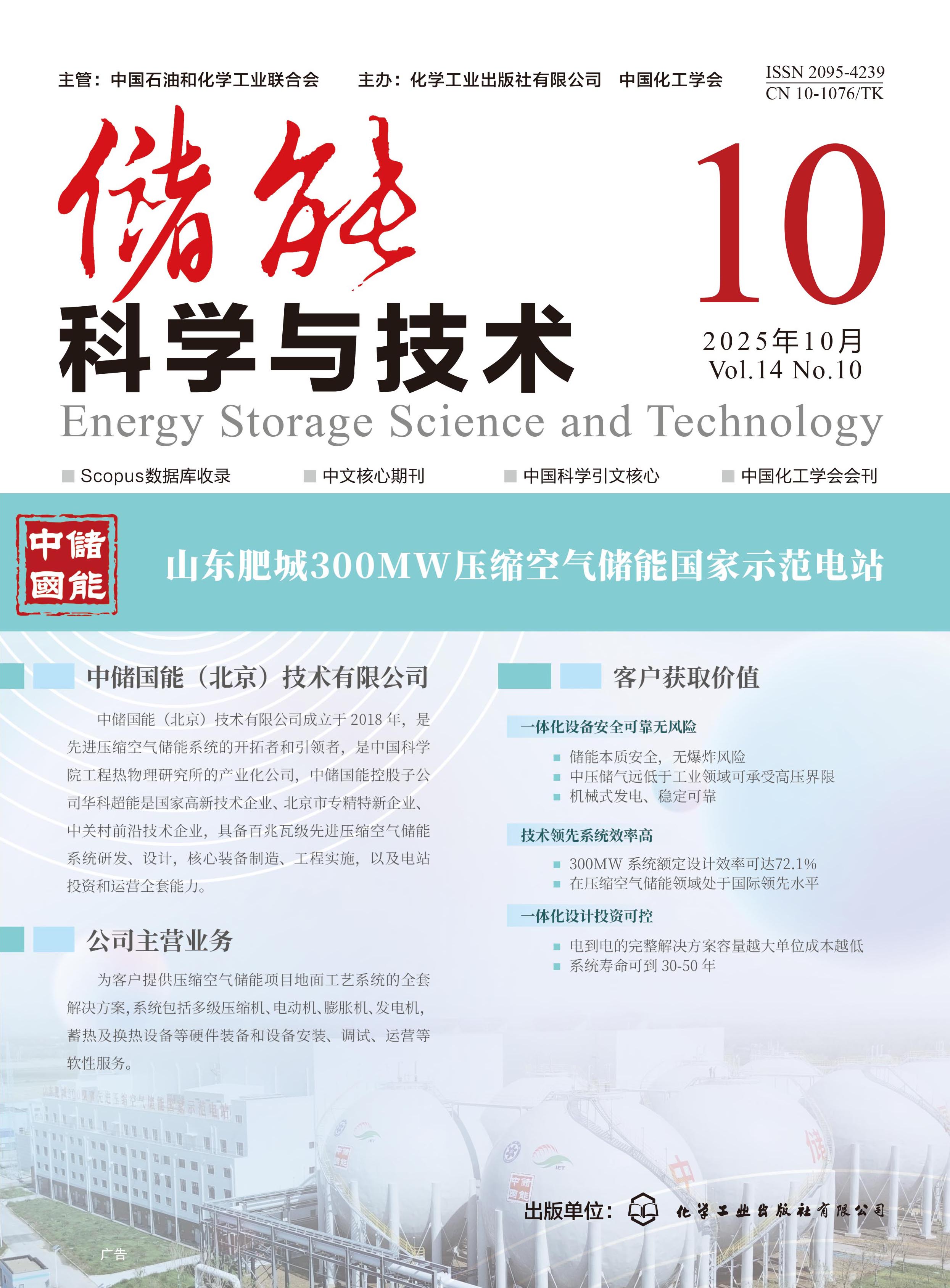As nations increasingly emphasize maritime interests and the demand for deep-sea operations grows, it is necessary to address the endurance, extreme environments, and complex operational conditions of manned and unmanned ships, boats, submarines, robots, pre-positioned sensors, and other equipment operating both on the surface and underwater. In particular, the enhanced power supply requirements for battlefield energy integration-such as high-load rapid maneuvering, ultra-long endurance, and extended pre-positioning-necessitate the development of an integrated "acquisition-storage-transmission-networking" regional energy system tailored to maritime combat platforms. Such a system would enable rapid replenishment of surface and underwater energy resources or establish an efficient, rapid-response guarantee strategy supported by advanced power distribution networks. Currently, electro-energy technologies widely applied to maritime combat platforms include chemical batteries for platform power supply, long-range reserve power sources, large-scale pre-positioned underwater energy storage, mechanical energy conversion in marine environments, solar energy conversion in marine environments, bioenergy conversion in marine environments, and underwater electro-energy support networks. In recent years, with the rapid advancement of chemical batteries, wireless energy transmission, solar energy, wave energy, biomass energy, and nuclear energy, the trend toward integrated electro-energy networks for surface and underwater applications has become increasingly evident. Therefore, to identify advanced and better-suited energy acquisition, transmission, storage, and networking technologies that can effectively support the iterative upgrading and innovative application of maritime combat power energy security, this paper systematically reviews the latest developments in these fields. It summarizes current technological levels, capabilities, and critical challenges requiring breakthroughs, while also analyzing prospects for constructing an integrated surface-underwater maritime combat energy security system.

